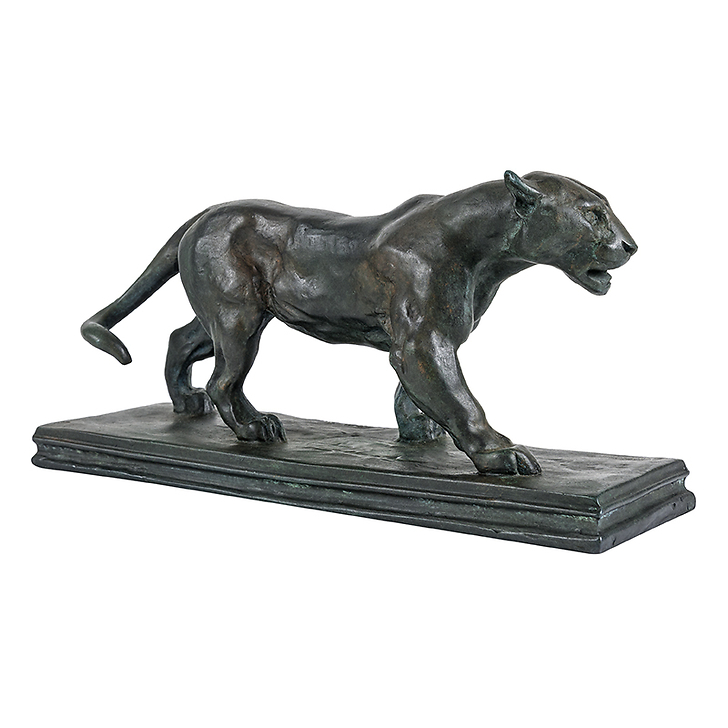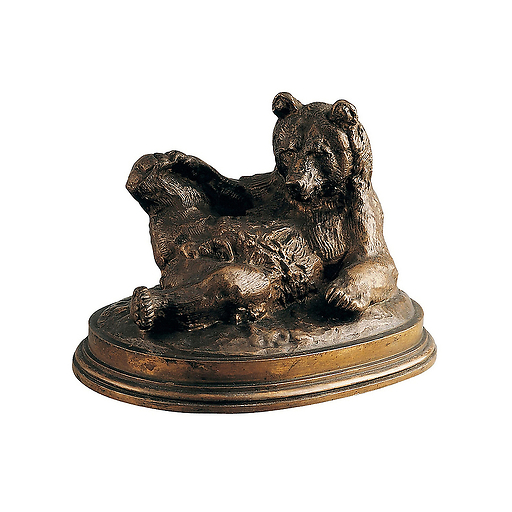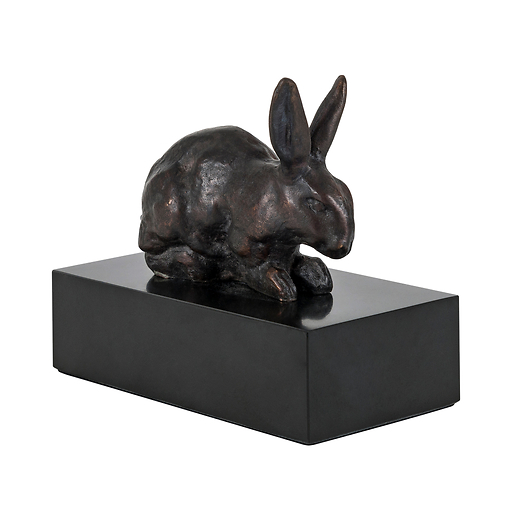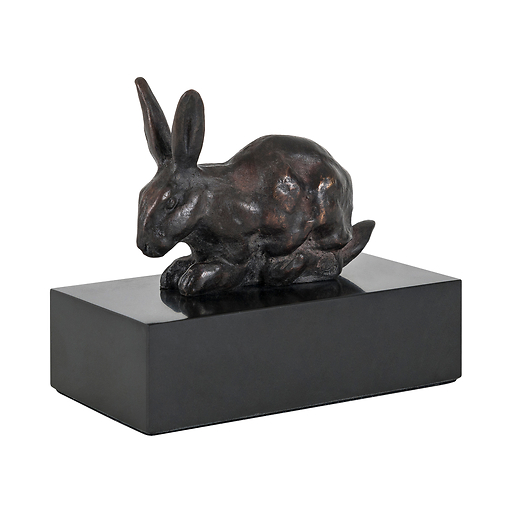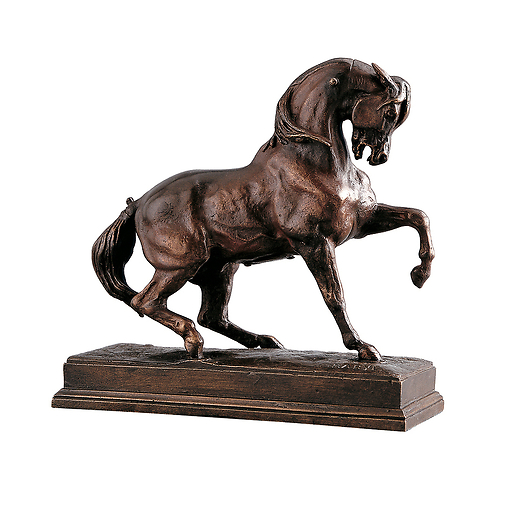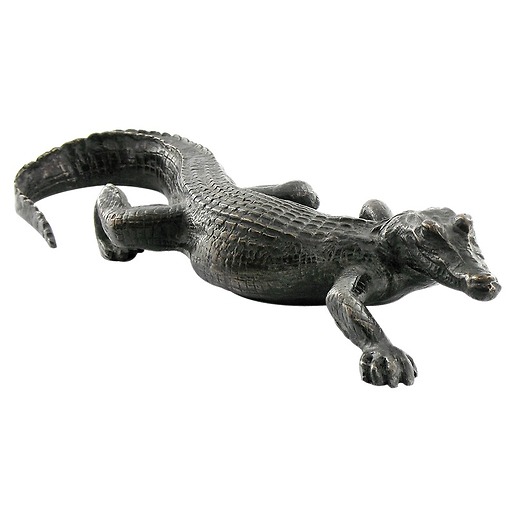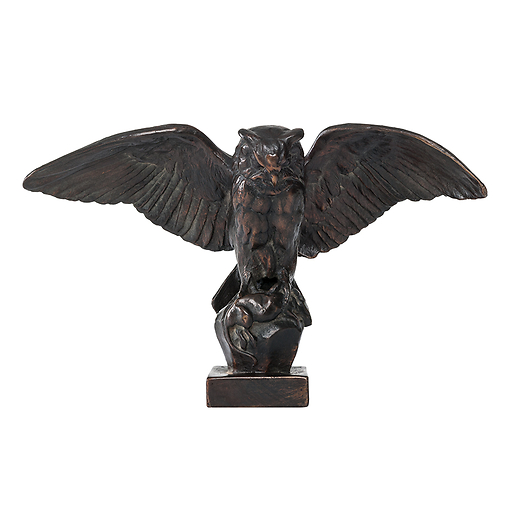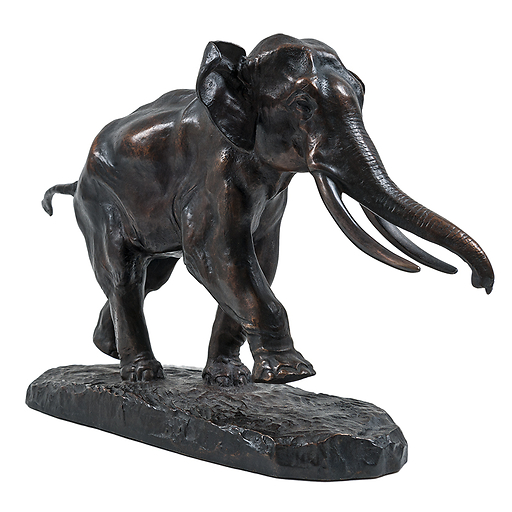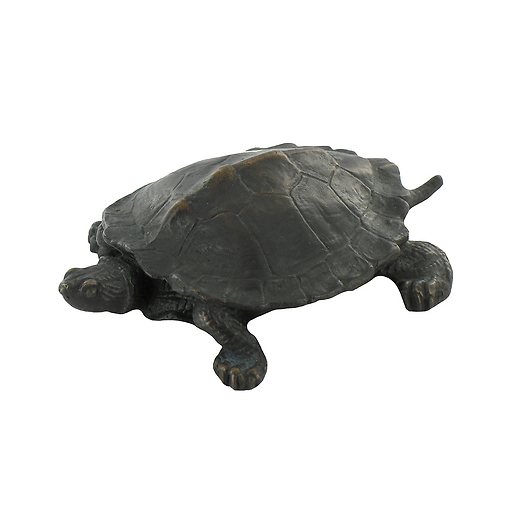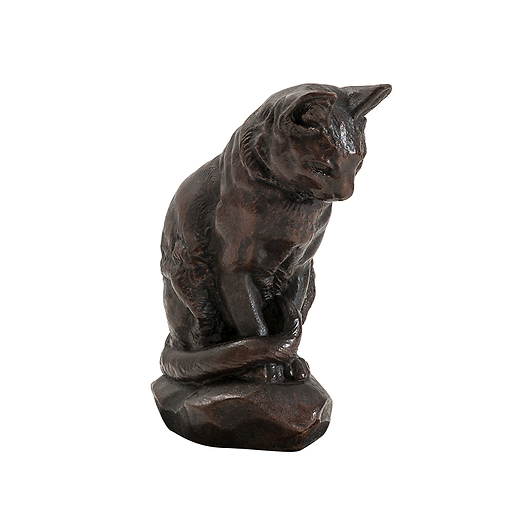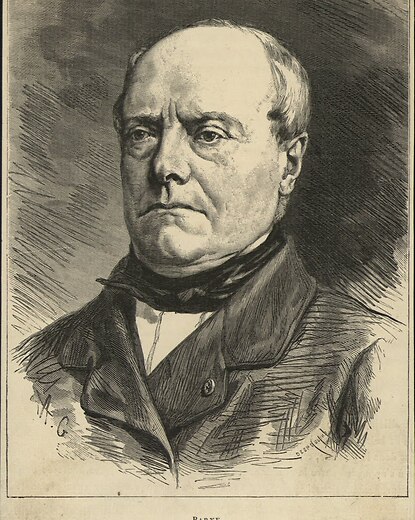Antoine-Louis Barye (1795-1875)
Son of a Parisian silversmith, Antoine-Louis Barye (1796-1875) began his apprenticeship in an engraver's workshop and then with the silversmith Bicunais, where he learned all the metalworking techniques, from casting to chasing.
In 1816, he entered the workshop of the...
Read more
Antoine-Louis Barye (1795-1875)
Son of a Parisian silversmith, Antoine-Louis Barye (1796-1875) began his apprenticeship in an engraver's workshop and then with the silversmith Bicunais, where he learned all the metalworking techniques, from casting to chasing.
In 1816, he entered the workshop of the sculptor Bosio, then in 1823 at Fauconnier's, goldsmith of the Duchess of Angouleme; there he already modeled small animal figurines.
Breaking with the long tradition of Western sculpture, which most often saw the animal as an accessory or a decorative motif, Barye became interested in the animals themselves, carefully studying their anatomy, seeking to capture them in their movements as well as in their resting attitudes. His style remains unique and this form of romanticism will no longer be found in animal art.
Barye is rightly considered as one of the important sculptors of the 19th century and especially as one of the greatest animal artists of all times.
Close

